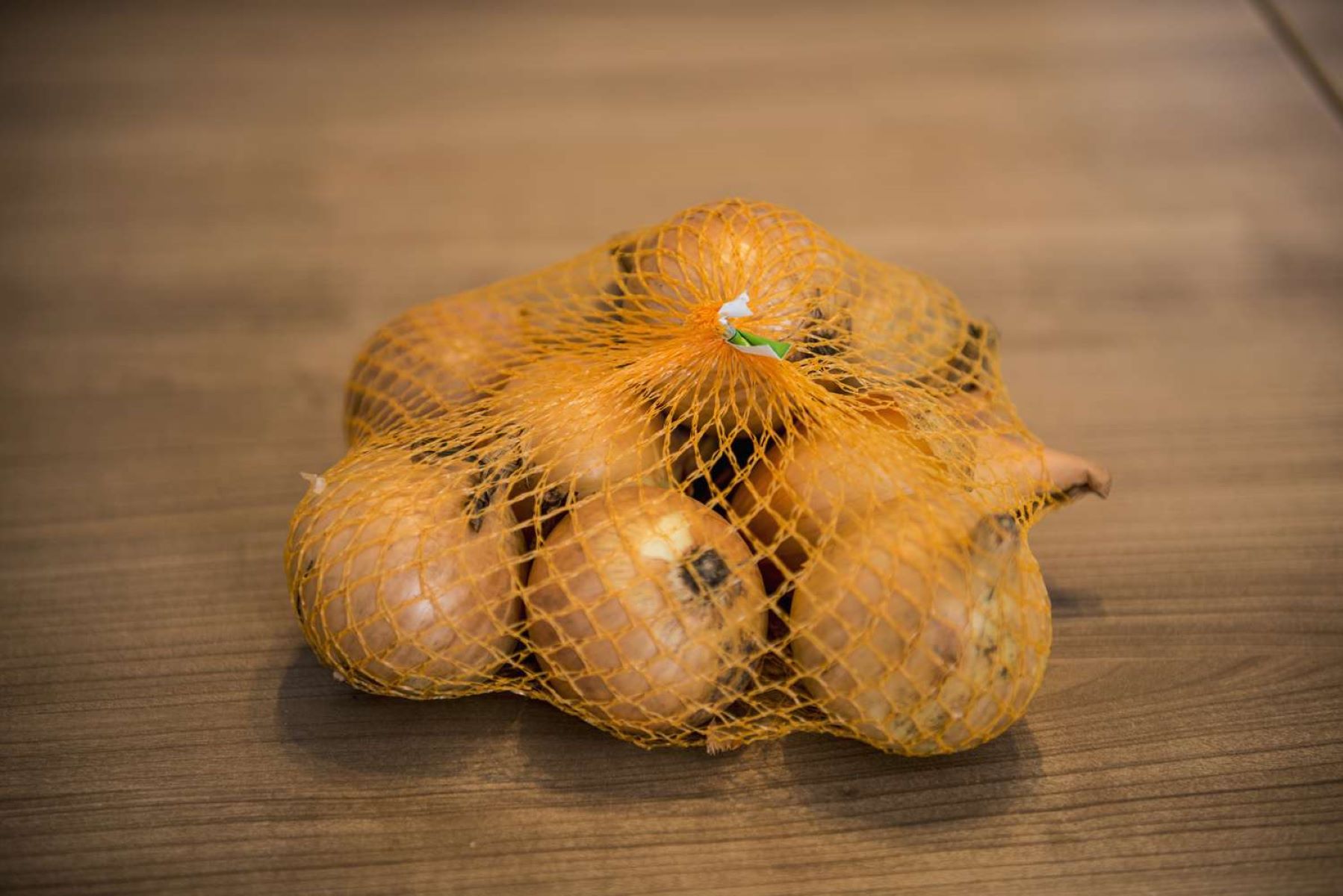

Articles
How To Store Uncut Onions
Modified: January 5, 2024
Learn the best ways to store uncut onions in this informative article. Keep your onions fresh and flavorful for longer with these tips and tricks.
(Many of the links in this article redirect to a specific reviewed product. Your purchase of these products through affiliate links helps to generate commission for Storables.com, at no extra cost. Learn more)
Introduction
Welcome to the world of onions! These versatile and flavorful bulbs are a staple in many kitchens around the world. However, once you’ve brought home a bag full of fresh onions from the market, you may find yourself wondering how to store them properly to keep them fresh for as long as possible.
Proper storage is essential to maintain the quality and flavor of onions. When stored correctly, they can last for months, allowing you to have a steady supply of this essential ingredient for your culinary creations. In this article, we will explore the best practices for storing uncut onions to ensure their longevity.
Whether you harvest onions from your own garden or buy them from a store, selecting the right onions for storage is the first step. Look for onions that are firm, free from bruises or soft spots, and have dry, papery skins.
Choosing the Right Onions for Storage
Not all onions are created equal when it comes to storage. Here are the best onion varieties for long-term storage:
- Yellow Storage Onions: These are the most popular onions for long-term storage. They have a higher sulfur content, which helps them stay fresh for longer periods.
- Red Onions: While red onions have a shorter shelf life compared to yellow onions, they can still be stored for several weeks if handled properly.
- White Onions: White onions are milder in flavor and have a shorter shelf life compared to their yellow and red counterparts. However, they can still be stored for a few weeks.
Once you’ve chosen the right onions for storage, it’s time to prepare them for optimal longevity.
Key Takeaways:
- Choose the right variety of onions, such as yellow storage onions, red onions, or white onions, for optimal long-term storage. Properly prepare and store them in a cool, dry place to maintain their flavor and quality.
- Regularly check, rotate, and maintain proper storage conditions to extend the shelf life of uncut onions. Avoid moisture, light exposure, and refrigeration, and handle onions with care to ensure their freshness for an extended period.
Read more: How To Store Uncut Avocado
Choosing the Right Onions for Storage
When it comes to storing uncut onions, selecting the right variety is crucial. Not all onions are created equal in terms of their ability to withstand long-term storage. Here are some onion varieties that are best suited for storage:
- Yellow Storage Onions: These are the most common and widely available onions for long-term storage. They have a higher sulfur content, which helps preserve their freshness for an extended period. Yellow onions are known for their pungent and bold flavor, making them a versatile option for various recipes.
- Red Onions: While red onions are typically used for their vibrant color and mild flavor, they can also be stored for several weeks if handled properly. However, it’s important to note that red onions have a shorter shelf life compared to yellow storage onions.
- White Onions: White onions have a milder flavor compared to yellow onions and are often used in dishes where a more subtle onion taste is desired. They have a shorter shelf life but can still be stored for a few weeks if properly handled.
- Sweet Onions: Sweet onions, such as Vidalia and Walla Walla onions, are known for their mild and sweet flavor. Due to their high water content, they have a shorter shelf life and are best consumed within a few weeks of purchase. It is generally recommended to consume sweet onions soon after purchase rather than storing them for extended periods.
When selecting onions for storage, choose bulbs that are firm, intact, and free from any signs of damage, such as mold or soft spots. Look for onions with dry, papery skins, as moisture can lead to premature spoilage during storage.
It’s worth noting that spring onions, scallions, and other types of young onions are not suitable for long-term storage. These varieties are best enjoyed fresh and should be consumed within a few days of purchase.
By choosing the right variety of onions for storage, you can ensure that they have the best chance of lasting for an extended period while maintaining their flavor and quality.
Preparing Onions for Storage
Properly preparing onions before storing them is essential to extend their shelf life and maintain their quality. Follow these steps to prepare onions for storage:
- Curing: Before storing onions, they need to go through a process called curing. Curing allows the skins to dry and form a protective layer, which helps prevent rot and mold. To cure onions, lay them out in a well-ventilated area, such as a garage or a covered porch, for about two to three weeks. Spread them out in a single layer, ensuring that they don’t touch each other. This promotes air circulation and reduces the risk of moisture buildup.
- Trimming: Inspect each onion carefully and trim any long, straggly roots. Cut the stems to about an inch above the bulb, leaving the dry, papery skins intact. Avoid peeling or removing the skins, as they act as a natural barrier against moisture loss and bacterial growth during storage.
- Inspecting for Damage: Before storing onions, thoroughly inspect them for any signs of damage or disease. Discard onions with soft spots, bruises, or signs of mold, as they can quickly spoil and affect neighboring onions. By removing damaged onions from the storage batch, you can prevent the spread of decay and prolong the shelf life of the remaining bulbs.
- Separating Large and Small Onions: When preparing onions for storage, it’s a good practice to separate large and small bulbs. Large onions tend to have a longer storage life compared to smaller ones. By keeping them separate, you can easily use the smaller onions first, leaving the larger ones for later use.
Once the onions have gone through the curing and preparation process, they are now ready to be stored properly.
Selecting the Proper Storage Location
Choosing the right storage location for your uncut onions is crucial to ensure their longevity. Here are key factors to consider when selecting the proper storage location:
- Temperature: Onions prefer cool temperatures ranging from 30°F to 50°F (0°C to 10°C). Avoid storing them in areas that are too warm, such as near stoves or heating vents, as higher temperatures can promote sprouting and spoilage. However, be cautious of storing onions at temperatures close to freezing, as this can result in softening or rotting.
- Humidity: Onions prefer low humidity environments. High humidity can lead to moisture buildup, which increases the risk of mold and spoilage. Aim for a humidity level of around 65% to 70% for optimal storage conditions. It’s also important to avoid damp areas or areas prone to condensation, such as basements or bathrooms.
- Air Circulation: Proper air circulation is essential to prevent the buildup of excess moisture and the growth of mold. Choose a storage location that offers good ventilation and allows for adequate airflow around the onions. Avoid storing onions in sealed plastic bags or airtight containers, as this can trap moisture and promote spoilage.
- Light: Onions are sensitive to light and can develop a bitter taste and premature sprouting if exposed to prolonged light exposure. Store onions in a dark location, such as a pantry or a cupboard, to prevent the degradation of their quality and flavor.
Based on these factors, some ideal storage locations for onions include a cool and dry basement, a dark and ventilated pantry, or even a garage, provided that the temperature and humidity levels are appropriate. Just make sure the chosen location is free from any sources of moisture and excessive heat.
Now that you’ve chosen the proper storage location, let’s delve into the specific storage methods for uncut onions.
Storing Uncut Onions in a Cool and Dry Place
One of the key factors for successfully storing uncut onions is to keep them in a cool and dry place. Here are some tips for storing onions in such conditions:
- Temperature: As mentioned earlier, onions prefer cool temperatures ranging from 30°F to 50°F (0°C to 10°C). A root cellar, basement, or a cool pantry can be suitable options for storing onions. Avoid placing them in areas that are too warm, such as near stoves, ovens, or refrigerators, as higher temperatures can lead to sprouting and spoilage.
- Containers: When storing onions in a cool and dry place, it’s advisable to use mesh bags or baskets instead of plastic bags. Mesh bags or baskets allow for better air circulation around the onions, reducing the risk of moisture buildup and mold formation. The open design also prevents onion odor from permeating other foods stored nearby.
- Arrangement: Place the uncut onions in a single layer inside the mesh bags or baskets. Avoid overcrowding, as this can restrict airflow and increase the likelihood of spoilage. If using multiple layers, place a divider, such as a piece of cardboard or a layer of newspaper, between each layer to provide some separation.
- Separate Varieties: If you have different onion varieties, it’s best to store them separately. This prevents cross-contamination of flavors and allows you to easily access specific types as needed. Label the bags or baskets to keep track of the onion varieties and their respective storage periods.
By storing uncut onions in a cool and dry place, you create an environment that helps maintain their freshness and quality. Remember to regularly check on the onions and remove any that show signs of damage or spoilage to prevent them from affecting the others.
Now that you know how to store uncut onions in a cool and dry place, let’s explore more ways to optimize their storage conditions and prolong their shelf life.
Store uncut onions in a cool, dry, and well-ventilated place, such as a pantry or cellar. Keep them away from direct sunlight and other produce to prevent them from sprouting or spoiling. Avoid storing them in the refrigerator, as the moisture can cause them to become soft and moldy.
Read more: How To Store Uncut Pineapple
Using Mesh Bags or Baskets for Storage
When it comes to storing uncut onions, using mesh bags or baskets can be an excellent option. These storage methods provide several advantages over traditional plastic bags, including better air circulation and reduced moisture buildup. Here are some tips for using mesh bags or baskets for onion storage:
- Air Circulation: Mesh bags or baskets offer superior air circulation compared to plastic bags, which helps prevent the buildup of excess moisture and reduces the risk of mold formation. This is crucial for maintaining the freshness and quality of the onions during storage.
- Preventing Rot: The porous nature of mesh bags or baskets allows any excess moisture to evaporate, reducing the chances of rot or spoilage. This is particularly important for onions, as they are susceptible to rot if exposed to prolonged moisture.
- Reducing Odor: Onions have a strong aroma that can permeate other foods stored nearby. Using a mesh bag or basket helps contain the onion odor and prevents it from transferring to other items in your pantry or storage space.
- Organization and Accessibility: Mesh bags or baskets enable organized storage and easy access to your onions. You can arrange them in a single layer or multiple layers, depending on the size of the storage containers. Labeling the bags or baskets with the onion variety and storage date can help you keep track of your onion inventory.
- Inspecting and Rotating: Mesh bags or baskets allow you to easily inspect your onions and identify any that show signs of spoilage or damage. This allows you to remove them promptly, preventing them from affecting the quality of the other onions. Additionally, it’s advisable to rotate the onions occasionally to ensure that the ones at the bottom are used first and newer ones are brought forward for consumption.
When using mesh bags or baskets for onion storage, remember to keep them in a cool and dry place, as discussed previously. Avoid overcrowding the bags or baskets to allow for proper airflow around the onions.
Using mesh bags or baskets not only provides better storage conditions for your uncut onions but also helps keep your storage area organized and odor-free. Incorporating this storage method into your onion storage routine can help prolong the shelf life of your onions and ensure their quality for a longer period.
Now, let’s explore additional measures to protect your uncut onions from factors that can affect their storage life.
Avoiding Moisture and Light Exposure
Moisture and light exposure are two common culprits that can greatly affect the shelf life and quality of uncut onions. To ensure the longevity of your onions, it’s important to take measures to avoid these factors. Here’s how you can protect your uncut onions from excessive moisture and light exposure:
- Dry Storage Area: Choose a dry storage area for your onions, as moisture can cause them to spoil quickly. Avoid storing onions in areas prone to dampness, such as basements or areas with high humidity levels. Ensure that the storage location is well-ventilated, allowing for proper air circulation.
- Avoid Washing Before Storage: Onions should not be washed before storage, as moisture can lead to rotting. Instead, gently brush off any loose dirt or soil from their skins. The dry, papery skins act as a natural barrier, protecting the onions from moisture loss and bacterial growth.
- Separate from Moisture-Prone Foods: Keep your onions away from foods that release moisture, such as potatoes, tomatoes, and other high-moisture vegetables. Storing onions together with such items can increase the humidity level around them, resulting in faster spoilage.
- Avoid Plastic Bags: Plastic bags trap moisture and promote condensation, which can lead to rot and mold growth. Instead, opt for mesh bags or baskets, as mentioned earlier, which allow air to circulate and moisture to evaporate, keeping your onions dry.
- Dark Storage: Onions are sensitive to light and can develop a bitter taste and premature sprouting if exposed to prolonged light exposure. Store your onions in a dark location, like a pantry or a cupboard, away from direct light sources. This will help preserve their flavor and quality.
- Properly Seal Opened Bags: If you have partially used mesh bags or baskets, ensure that they are tightly sealed to prevent excessive moisture from entering. Consider using zip-top bags or sealing clips to close the openings tightly.
By taking these precautions to avoid moisture and light exposure, you can significantly extend the shelf life of your uncut onions and maintain their optimal quality for a longer period.
Now that we’ve covered moisture and light exposure, let’s move on to the importance of regularly checking and rotating your onions during storage.
Checking and Rotating Onions Regularly
To ensure the longevity of your stored onions, it’s essential to check on them regularly and rotate them as needed. This practice helps maintain their quality and prevents any spoiled or damaged onions from affecting the rest. Here are some tips for checking and rotating your onions during storage:
- Visual Inspection: Regularly inspect your stored onions for any signs of soft spots, mold, or sprouting. Discard any onions that show these signs, as they can quickly spoil and affect the others. Removing damaged onions promptly helps prevent the spread of decay and extends the shelf life of the remaining bulbs.
- Rotating Onion Layers: If you’re storing onions in multiple layers, it’s essential to rotate them periodically. This ensures that all the onions get used in a timely manner and prevents the older layers from sitting at the bottom for too long. Simply move the top layer to the bottom and bring the bottom layer to the top. This practice helps maintain an even rotation and prevents any onions from being overlooked.
- Using Older Onions First: When you begin consuming your stored onions, make it a habit to use the older onions first. This way, you ensure that none of the onions go to waste, and you’re always using the ones closest to their expiration date. By using a first-in, first-out (FIFO) method, you can utilize your onion supply efficiently and maximize their storage life.
- Storage Environment Check: While checking and rotating your onions, also take the opportunity to assess the storage environment. Ensure that the temperature, humidity, and light conditions in the storage area are within the recommended range. Make any necessary adjustments, such as increasing ventilation or relocating the onions to a more suitable spot, to maintain optimal storage conditions.
Regularly checking and rotating your onions not only helps you maintain their freshness but also allows you to stay organized and aware of their condition. It ensures that you’re using the onions before they spoil or deteriorate and maximizes the shelf life of your entire onion supply.
Now that you have a good understanding of how to check and rotate your onions during storage, let’s explore some additional tips to extend the shelf life of your uncut onions.
Tips for Extending Onion Shelf Life
Now that you’ve learned about the best practices for storing uncut onions, let’s explore some additional tips to further extend their shelf life:
- Keep Them Dry: Moisture is one of the biggest enemies of onions. Prioritize keeping them dry throughout the storage process, from the moment you bring them home to the time you use them in your recipes. Excess moisture can cause onions to rot quickly, so always handle them with dry hands and avoid placing them on wet surfaces.
- Avoid Refrigeration: Onions should not be stored in the refrigerator unless they are already cut or have been prepped for certain recipes. The cold and humid environment of the fridge can negatively impact their flavor and texture, leading to premature spoilage. It’s best to store uncut onions in a cool, dry pantry or cellar instead.
- Separate From Potatoes: Onions and potatoes are often stored together, but this can actually accelerate the spoilage process. Potatoes release moisture and gases that can cause onions to spoil more quickly. Keep these two vegetables separate to ensure each one’s optimal storage conditions and to prevent them from affecting each other’s shelf life.
- Avoid Freezing Uncut Onions: While onions can be frozen for long-term storage once they are peeled and chopped, freezing uncut onions is not recommended. Freezing uncut onions can cause them to become soft and mushy when thawed, altering their texture and flavor. It’s best to use other storage methods for uncut onions to maintain their quality.
- Store Away From Strong Odors: Onions have a strong aroma that can easily transfer to other nearby foods. Store them away from pungent and strongly scented foods, such as garlic, shallots, and spices. It’s also a good idea to keep them separate from foods with more delicate flavors, as onions can mask their taste and aroma.
- Avoid Damage During Handling: Handle onions with care to prevent bruising or cuts, as damaged onions are more prone to spoilage. Be gentle when moving or transferring them, and avoid stacking heavy objects on top of them. A slight bruise or cut can provide an entry point for bacteria, leading to decay.
By following these additional tips, you can effectively extend the shelf life of your uncut onions and enjoy their freshness for a longer time. Remember to regularly check on your onions, rotate them as needed, and maintain the proper storage conditions to maximize their storage life.
Now that you’re equipped with knowledge on how to extend the shelf life of uncut onions, let’s conclude our article.
Read more: How To Store Onions
Conclusion
Properly storing uncut onions is essential to maintain their flavor, quality, and longevity. By implementing the tips and techniques outlined in this article, you can ensure that your onions remain fresh and usable for an extended period of time.
Start by choosing the right variety of onions for storage, such as yellow storage onions, red onions, or white onions, depending on your preference. Curing the onions and preparing them by trimming and inspecting for damage sets the stage for successful storage.
When it comes to storage, select a cool and dry location with low humidity levels. Mesh bags or baskets provide better air circulation than plastic bags, preventing excessive moisture buildup. Avoid exposing onions to light, which can lead to sprouting and spoilage.
Regularly checking and rotating the onions helps you identify and discard any spoiled or damaged ones, while also ensuring that you use older onions first. Be mindful of the storage environment and maintain appropriate temperature and humidity levels.
Additionally, following proper handling techniques, such as keeping onions dry, avoiding refrigeration, separating them from potatoes, and storing them away from strong odors, can further extend their shelf life.
By implementing these strategies, you can enjoy the flavor and versatility of onions in your culinary creations for an extended period. So go ahead and stock up on onions when they are in season, knowing that you have the knowledge to store them properly and keep them fresh.
Remember, onions are a valuable ingredient in many dishes, and by storing them correctly, you can always have them on hand to enhance the flavors of your favorite meals. So, bring home those bags of onions with confidence, knowing that you have the skills to store them in optimal conditions and prolong their shelf life.
Happy onion storage and enjoy your fresh and flavorful onions!
Frequently Asked Questions about How To Store Uncut Onions
Was this page helpful?
At Storables.com, we guarantee accurate and reliable information. Our content, validated by Expert Board Contributors, is crafted following stringent Editorial Policies. We're committed to providing you with well-researched, expert-backed insights for all your informational needs.
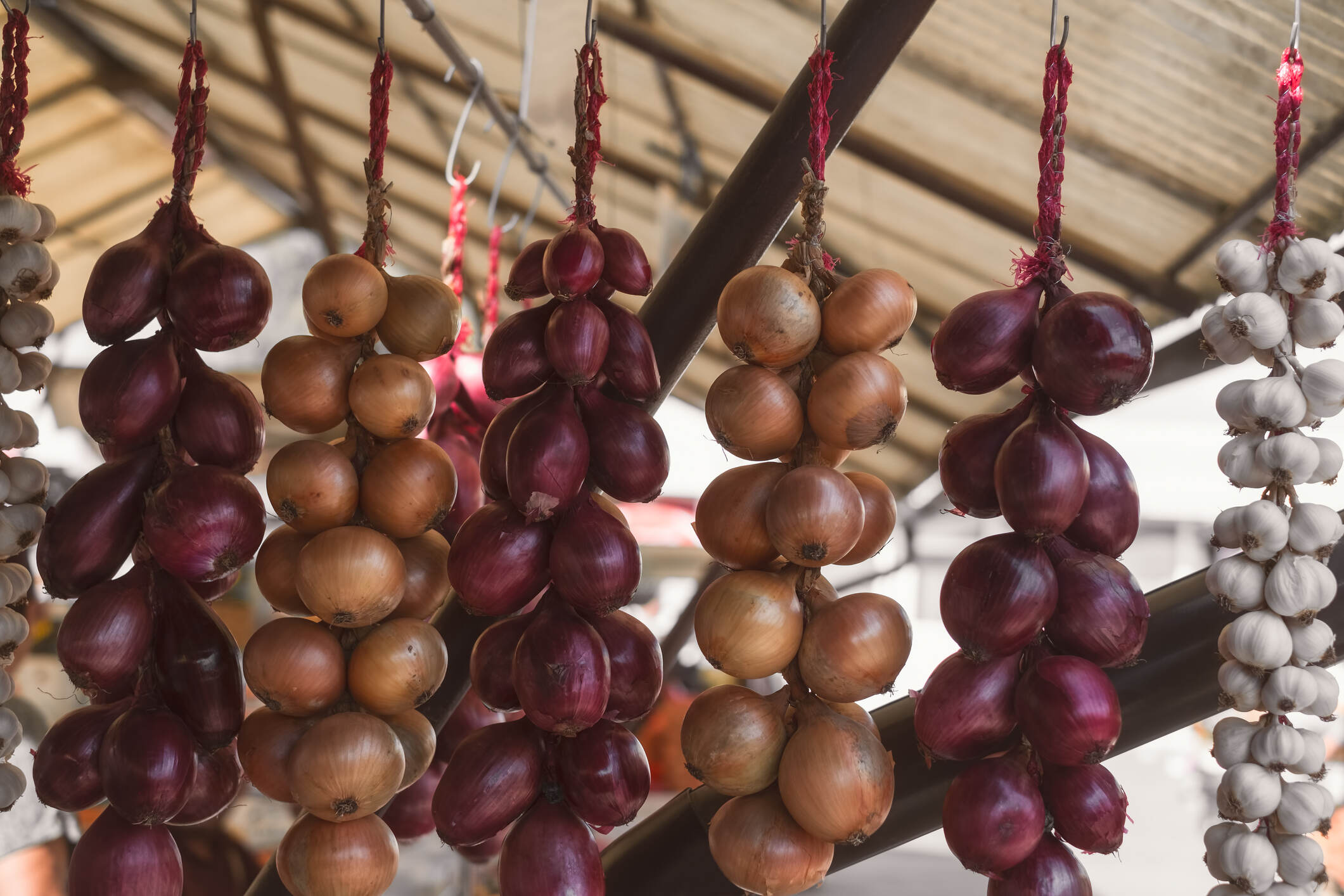
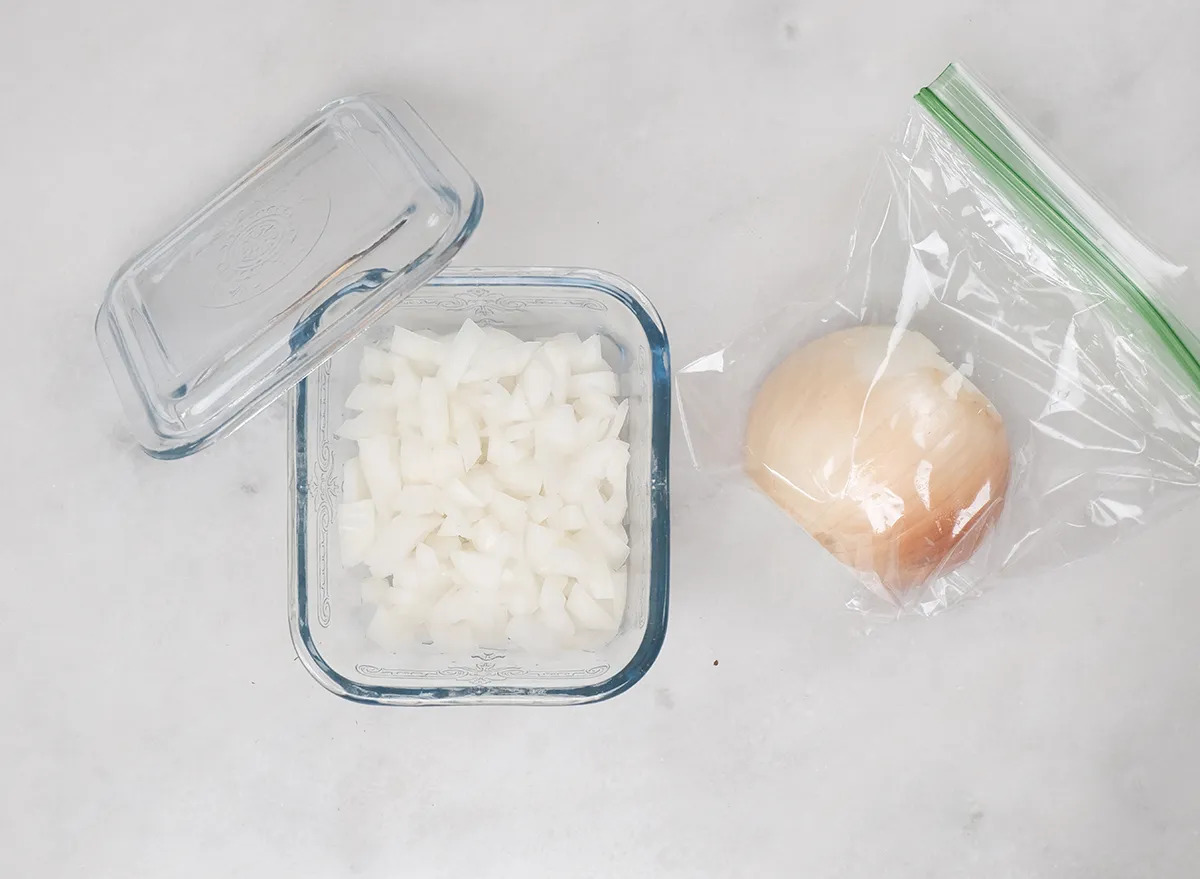
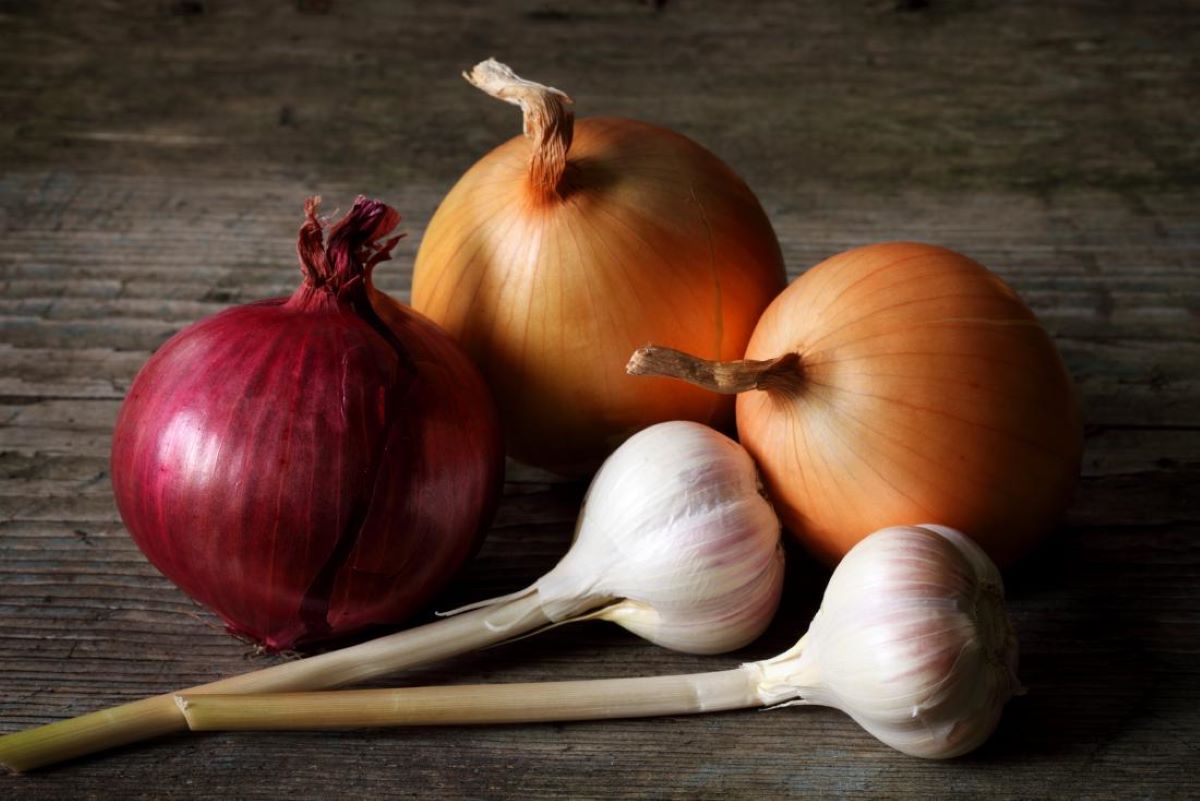
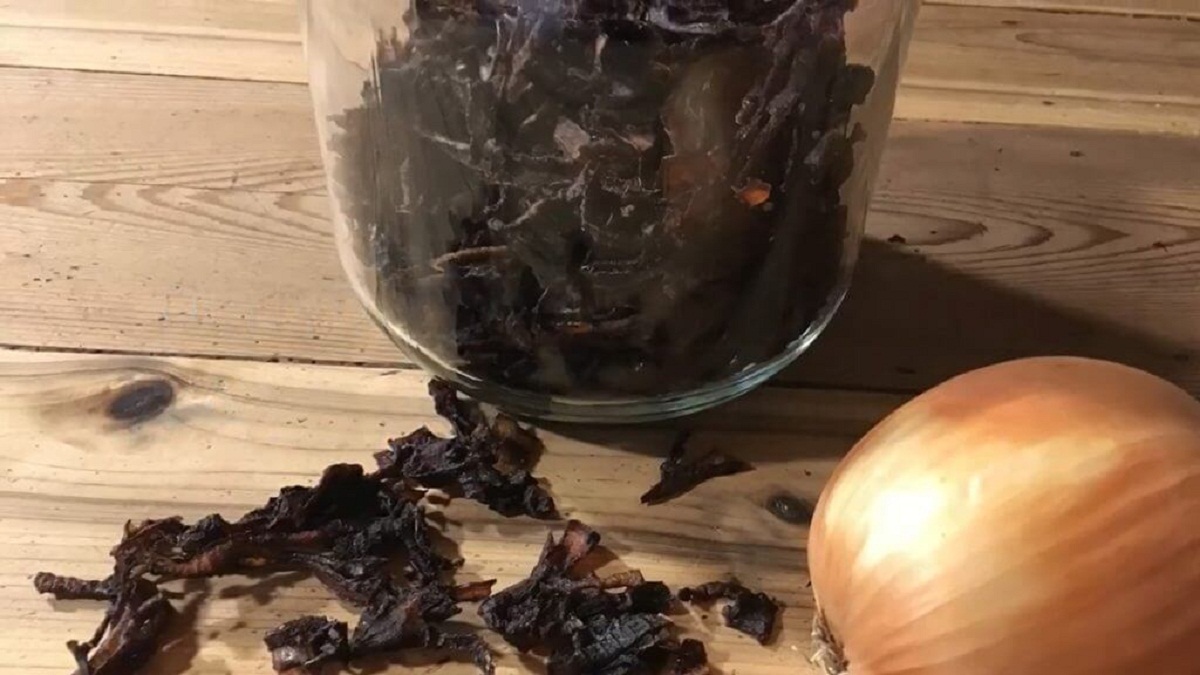
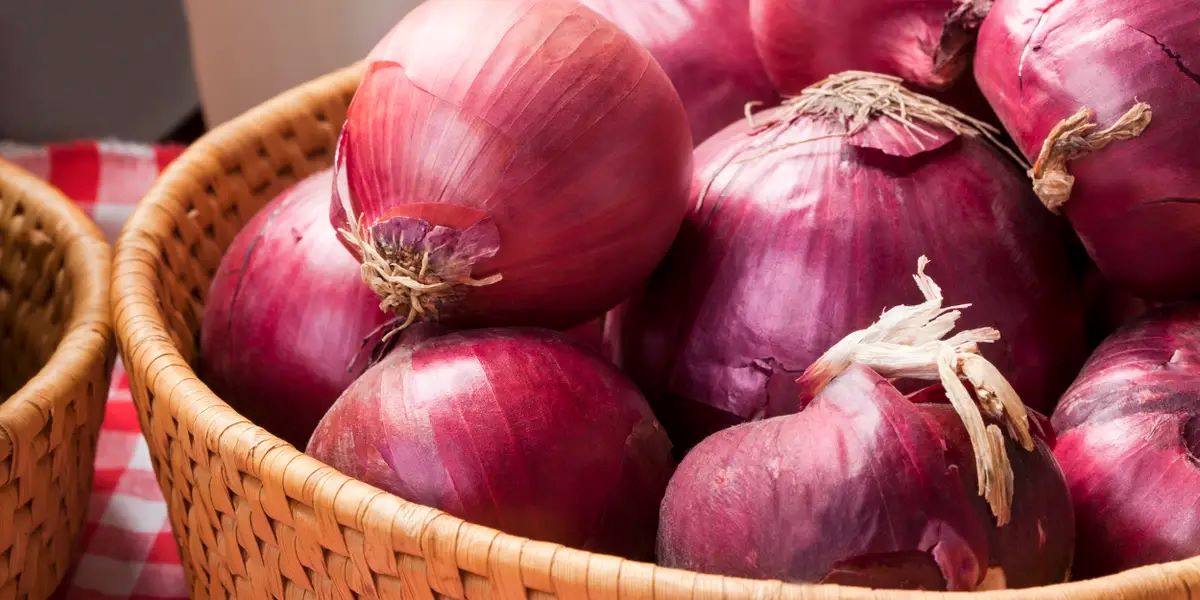
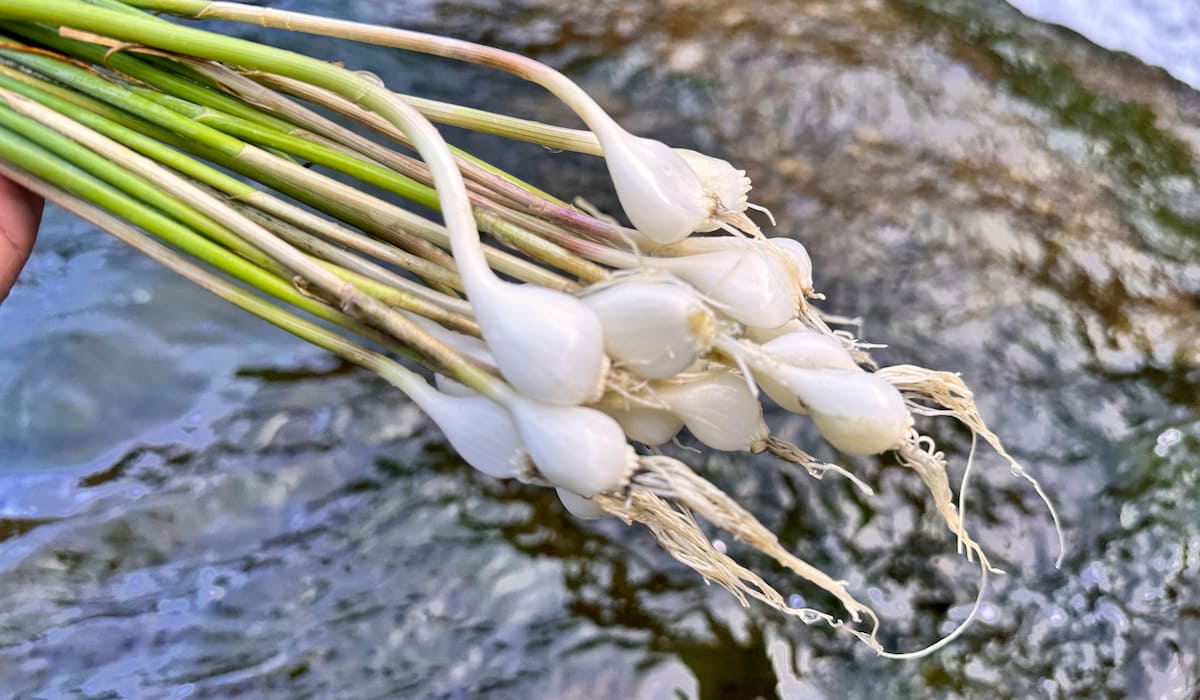
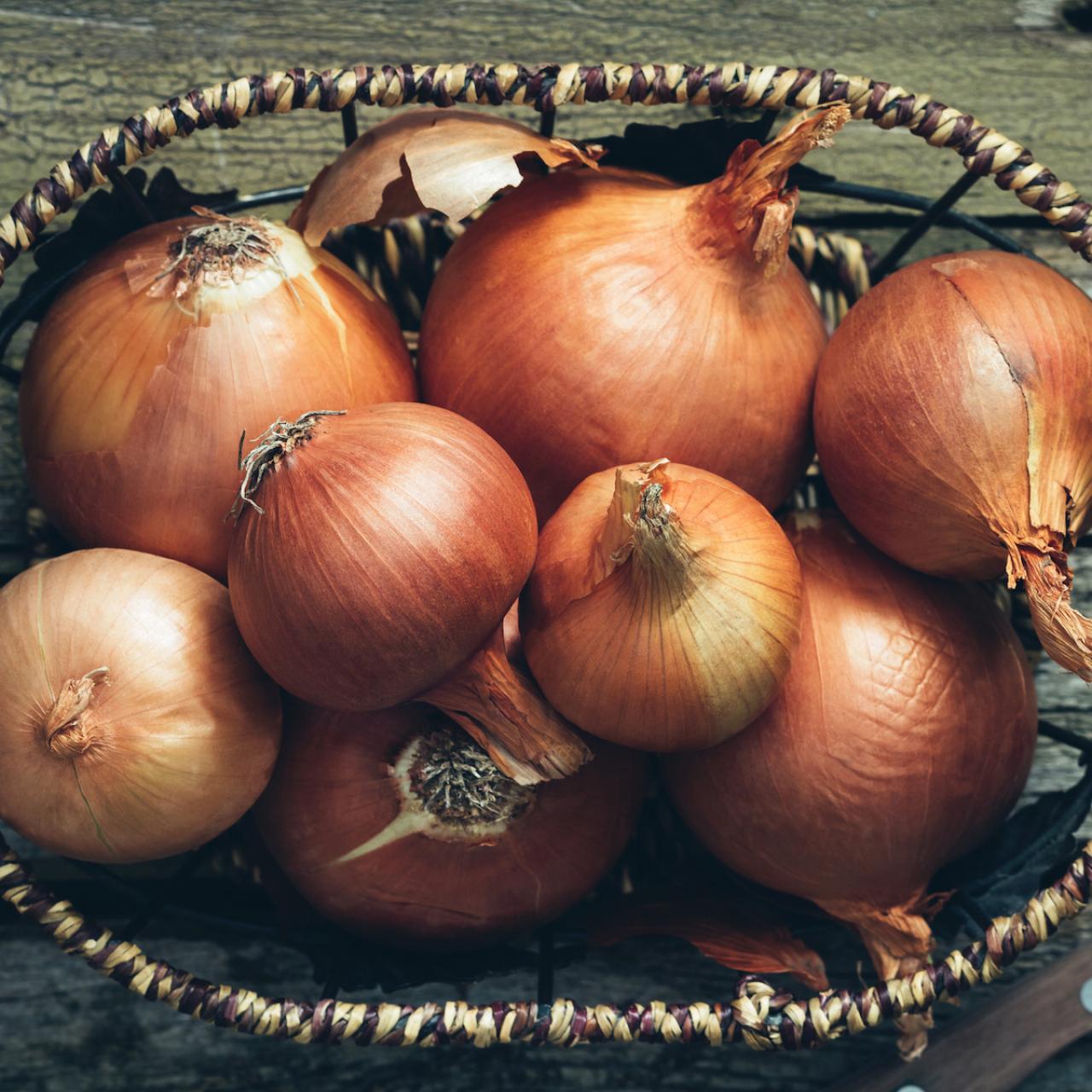
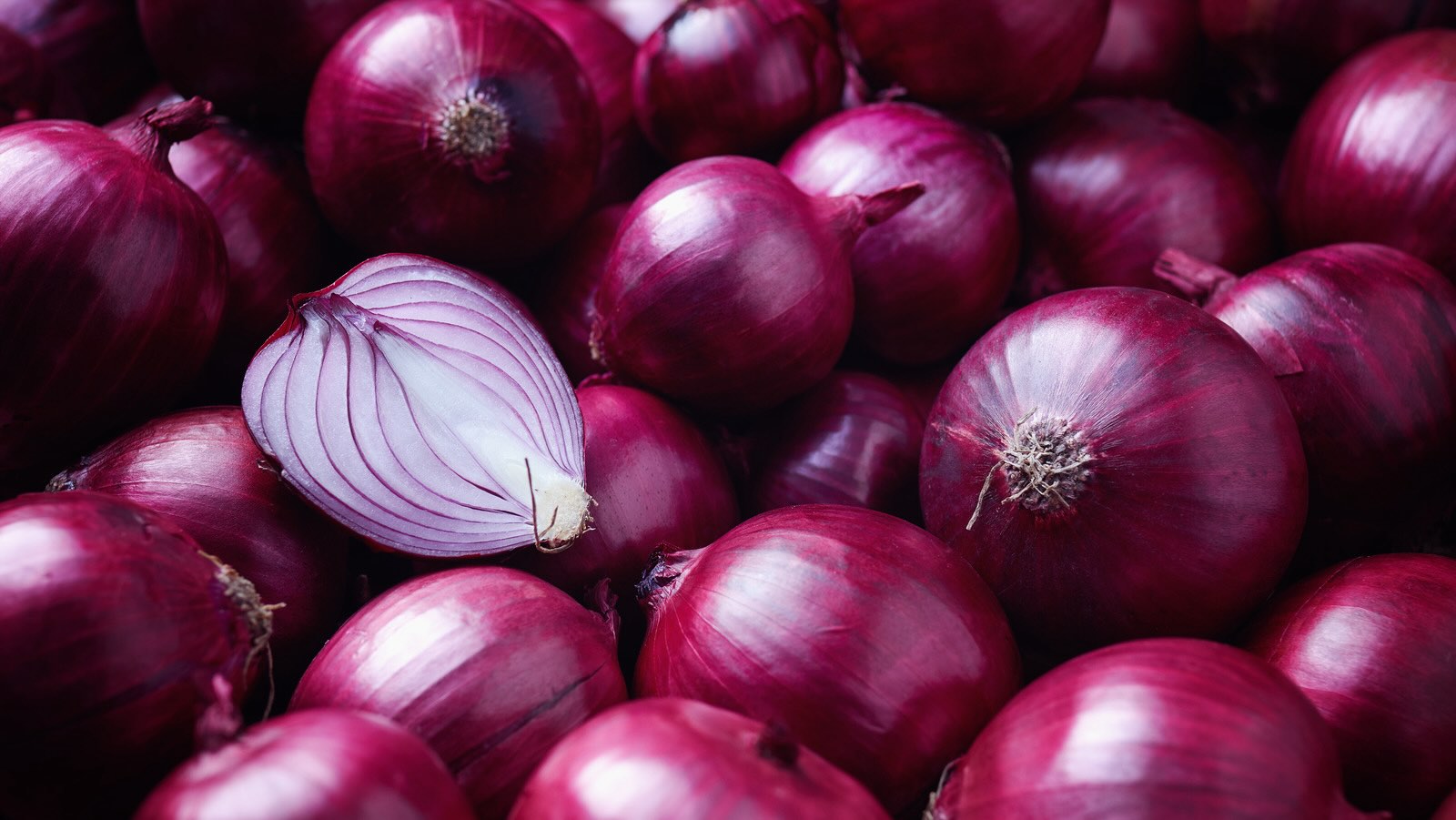
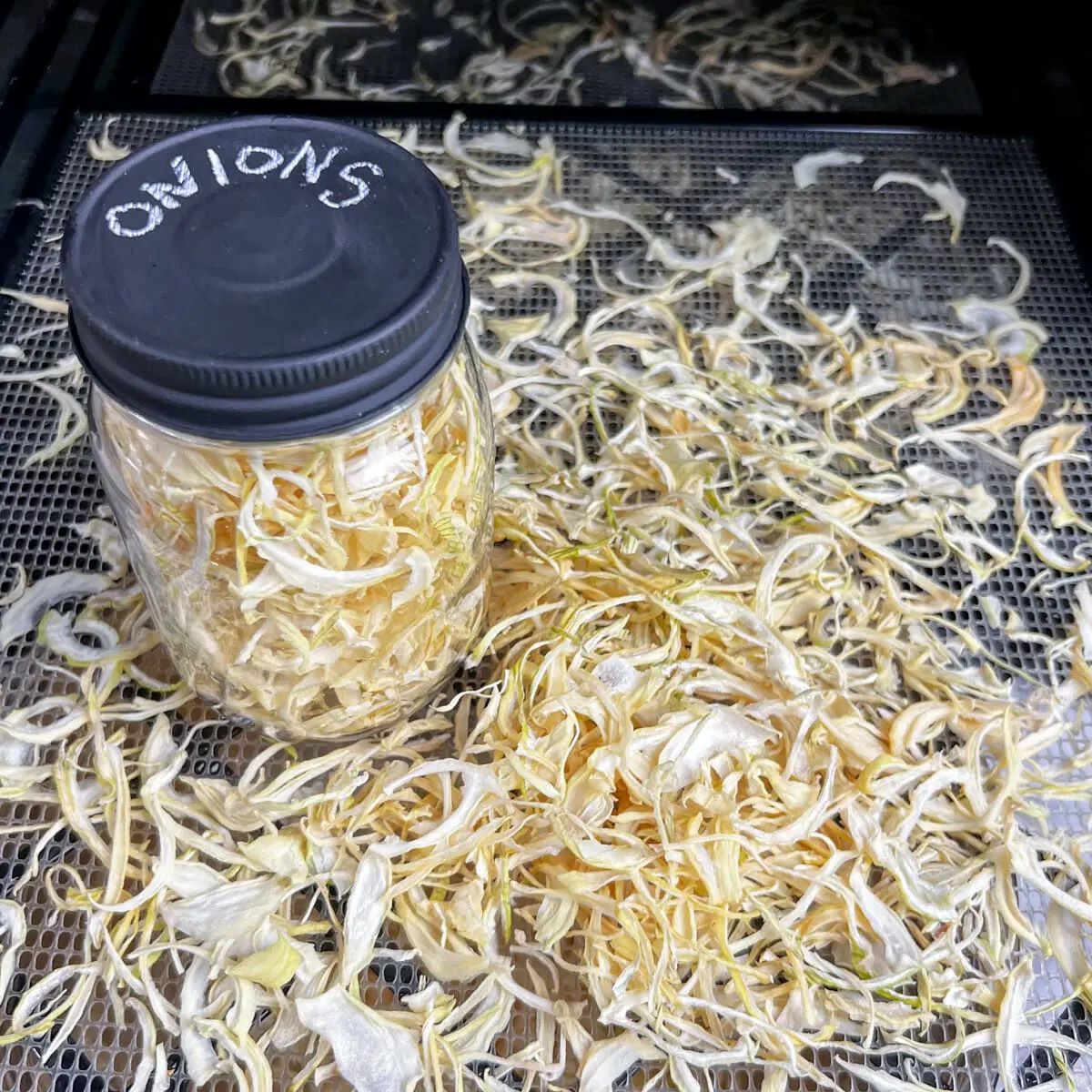
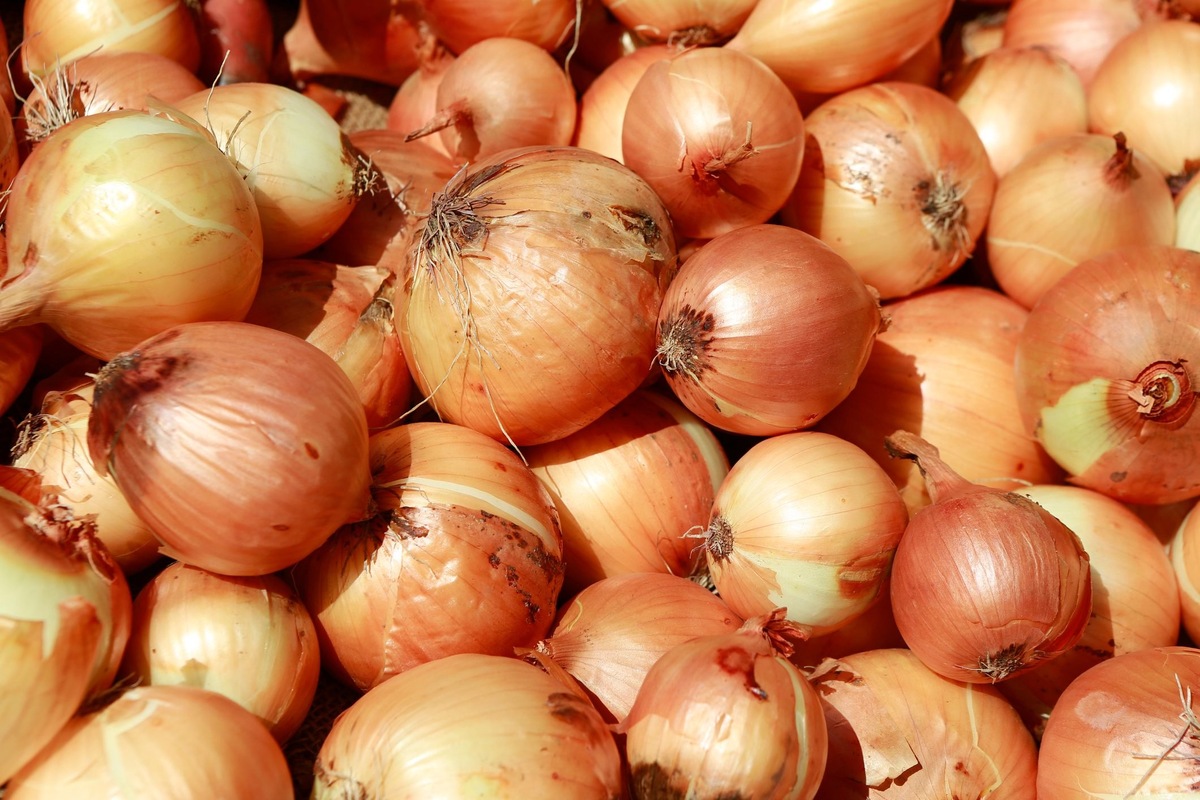
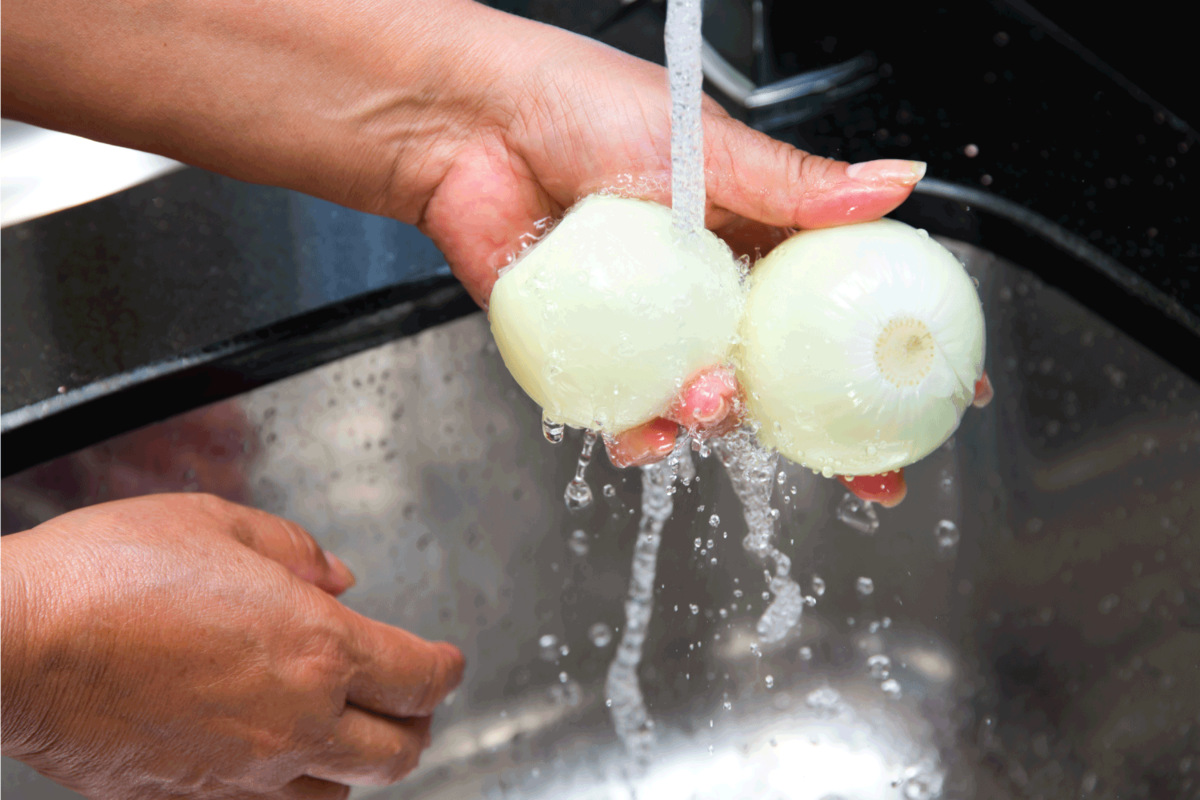
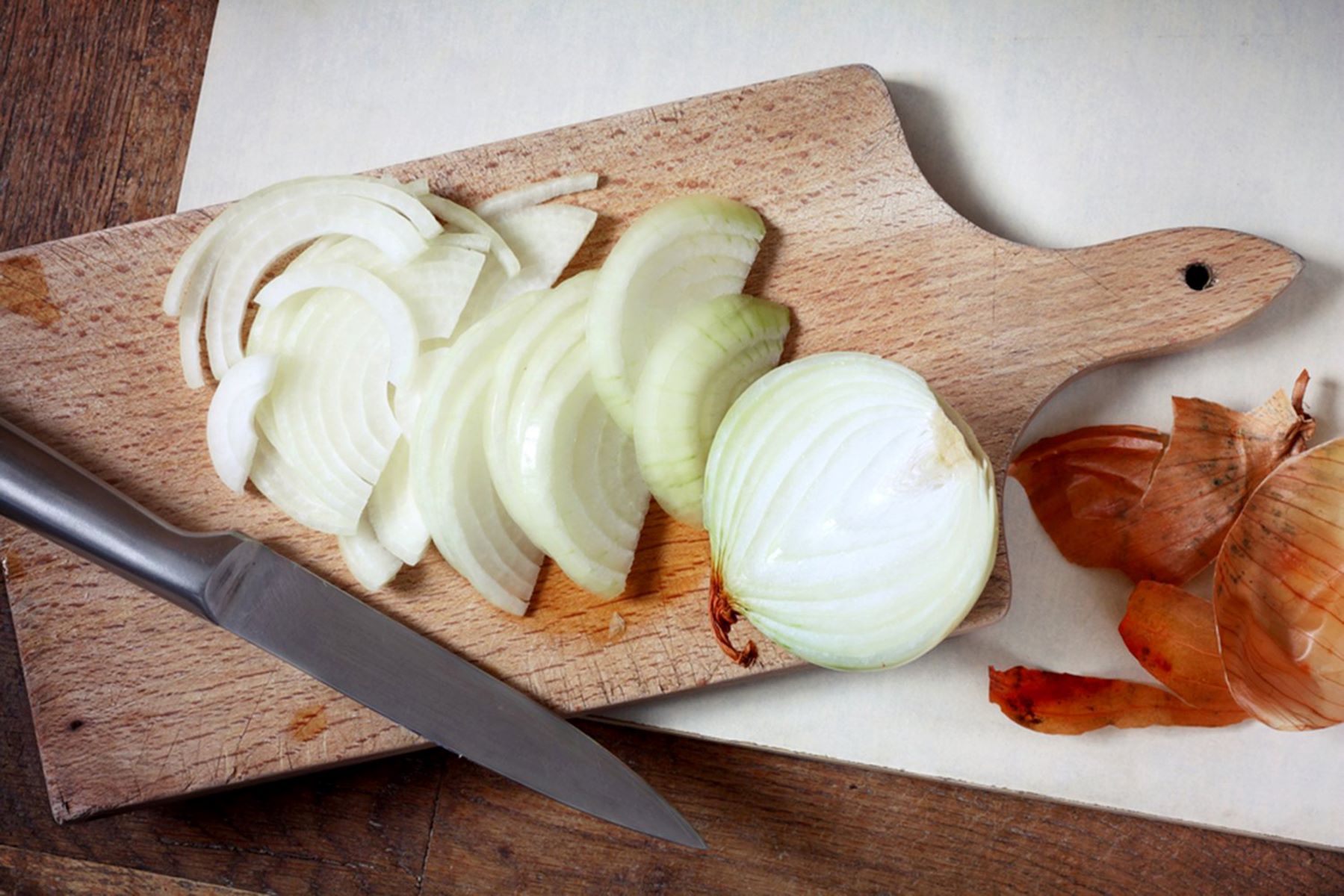
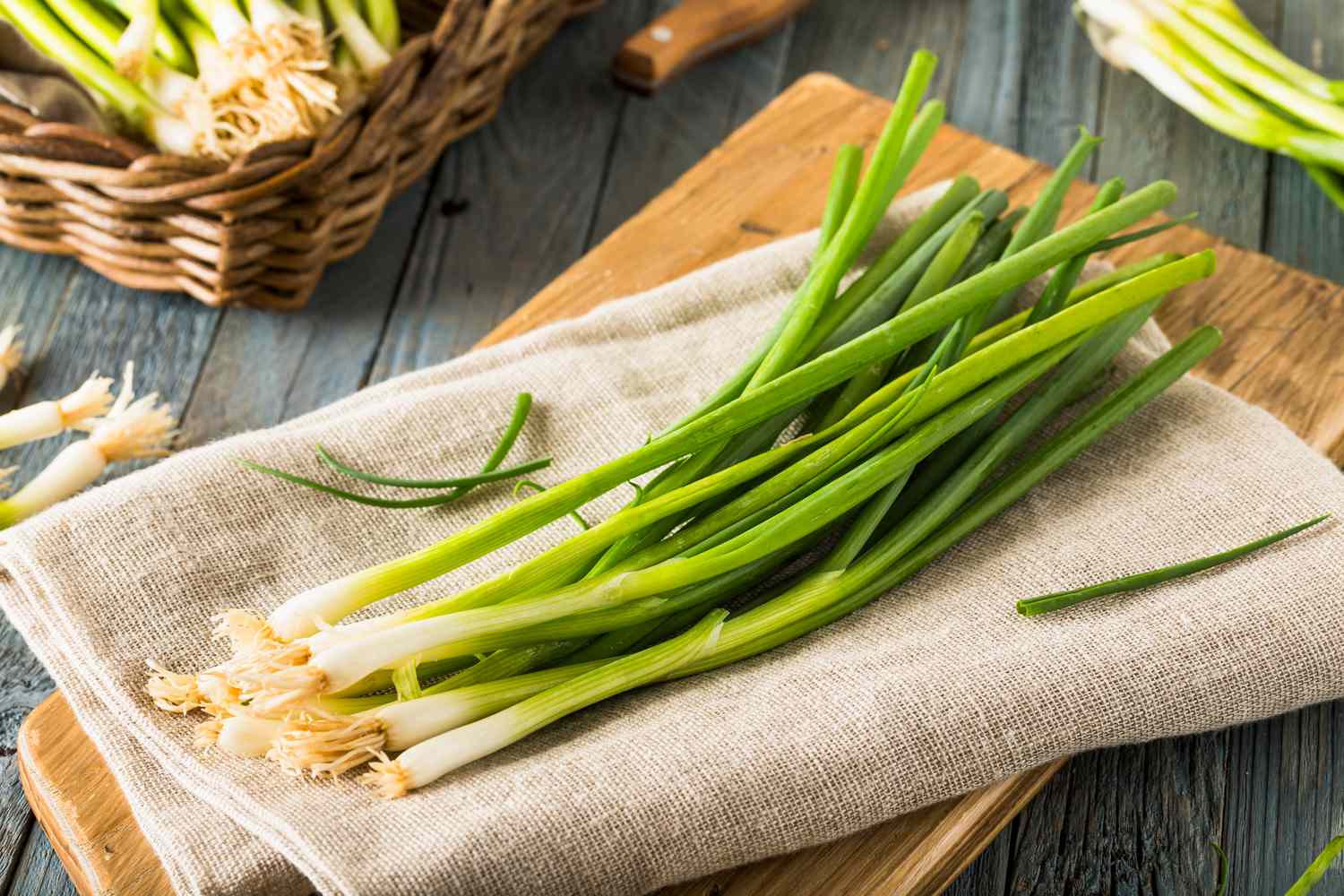

0 thoughts on “How To Store Uncut Onions”